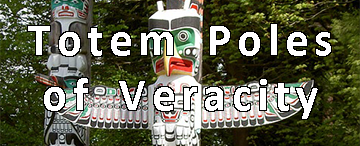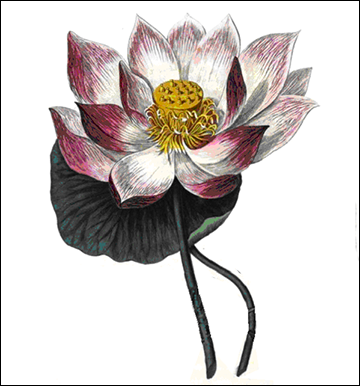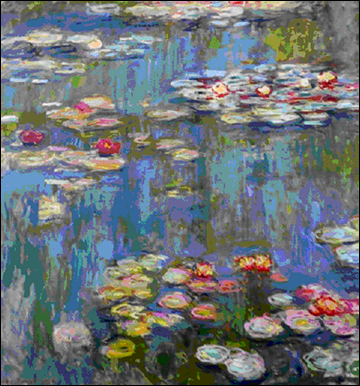



“Al-Jahiz of Basra, had stated that the Qur’an is a substance that can take the form of man or animal.
The Qur'an, he said, is one of the attributes of Allah, even as His Mercy is; it may be copied in a book, pronounced with the tongue, or remembered in the heart, but while language and signs and writing are the work of men, the Qur'an itself is irrevocable and eternal.
The moon of Bengal is not the same as the moon of Yemen but it deigns to be described with the same words.”
Borges Averroes Search 1947
Imagine a map, identical to the terrain it covered, precise in every minute detail. As the map deteriorated, that which it revealed would be indistinguishable from the map itself.
Words, as textual effigies, proposed to map reality.
I offer two examples of water lilies, one of technical excellence another from the hands of Claude Monet, both very different, and yet, may be described by using the same words.


They are categorically the same, for the purposes of general classification, and yet, worlds apart in the effect they have on our senses.
Whilst the botanist expertise is to present the object, astringent, and in rigorous, austere detail. Monet's enterprise is to remind us of the subjective, what it feels like to look at water lilies, rather than what it takes to explain them.
filler text
Additional reading:
Jorge Luis Borges, ‘The Analytical Language of John Wilkins’.
Jorge Luis Borges, ‘Averroës' Search’.